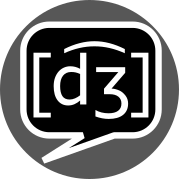Interesting excerpt:
De Boer agrees that our brains are the bottleneck. But, he says, instead of being limited by how quickly we can process information by listening, we’re likely limited by how quickly we can gather our thoughts. That’s because, he says, the average person can listen to audio recordings sped up to about 120%—and still have no problems with comprehension. “It really seems that the bottleneck is in putting the ideas together.”


That’s only for yes/no questions. Open-ended questions start with a pronoun in both, as typical for Indo-European languages. Portuguese example:
#2 is the standard way to phrase a question, but #3 is really common in informal speech.
And colloquially sometimes you even see yes/no questions getting some “random” emphatic word, like:
They do change the nature of the question slightly (the first one sounds rhetoric, the second one as if there was conflicting info), but the main reason they’re added is to reinforce the phrasal tone as a question marker.